What have we learned through a place-based approach in Greater Manchester?
Our latest evaluation shows a growing maturity across the five enablers of change and a reduction in population level physical inactivity.
Share
Substance and Sheffield Hallam University consortium, alongside GM Moving partners, work to collate learnings and evaluate whether, as a system, we are making progress.
They’ve published their findings every six months for the last four years with the latest showing a growing maturity across the five enablers of change (ways of working) as well as a reduction in population level physical inactivity.
It remains difficult, due to the complexity and the distance between cause and effect, to say direct contributions from the actions of GM Moving partners are moving us towards our goal.
And yet the mixed methods data gives us confidence that efforts are plausibly contributing to shifts within the system and generating instances of impact.
The evaluation work is part of our Local Pilot work, find out more here, which adopts a whole-system, place-based approach to behaviour change in relation to increasing physical activity levels.
Why measure this way?
The focus for the evaluation was the enablers of change for two key reasons:
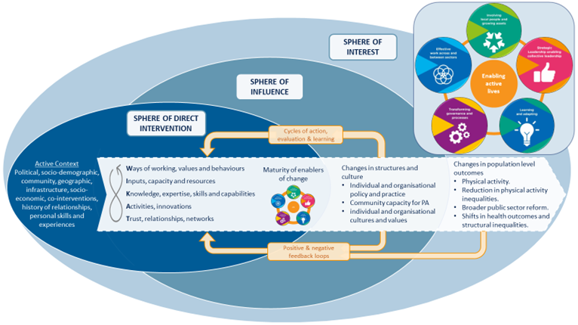
- Whilst the ambition for the whole-systems approach to physical activity was to affect individual behaviour change at the population scale, it was recognised that large scale population change would not be achievable and/or maintained without a focus on disrupting the dominant structures and cultures that may be holding inactivity in place.
- It was recognised that the complexity of people’s lives and distance between system changes and individual choices meant that it would be hard to develop plausible claims about the effect of intervention contributions.
What change are we seeing?
Active Lives Data (Sphere of Interest)
Despite a setback observed during the pandemic, activity levels have recovered to baseline (November 2015-16) for adults and improved beyond national levels for children and young people (CYP).
Although there is some variation across demographic groups there are signs of reducing inequalities, apart from those from lower socio-economic or family affluence groups.
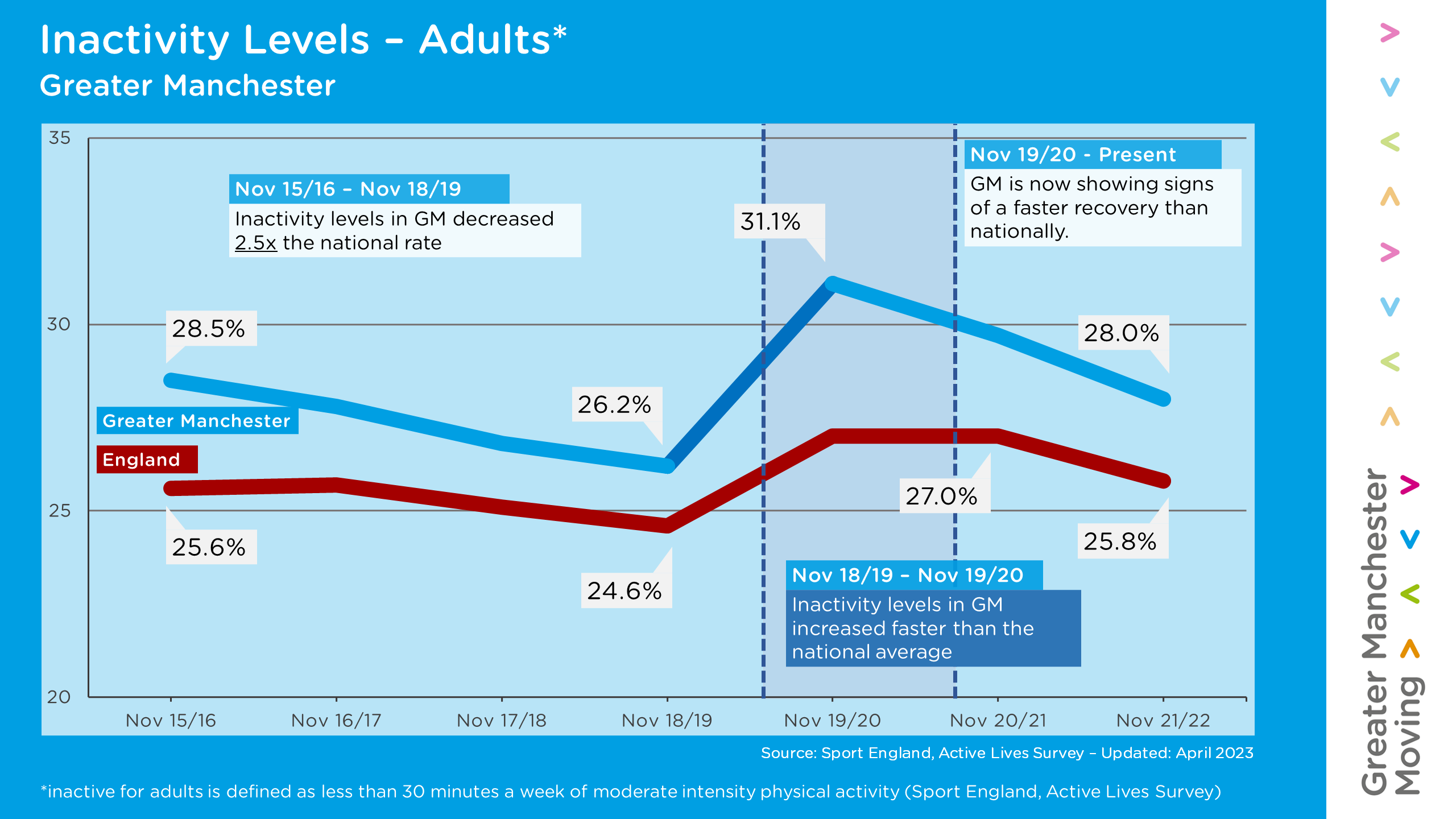
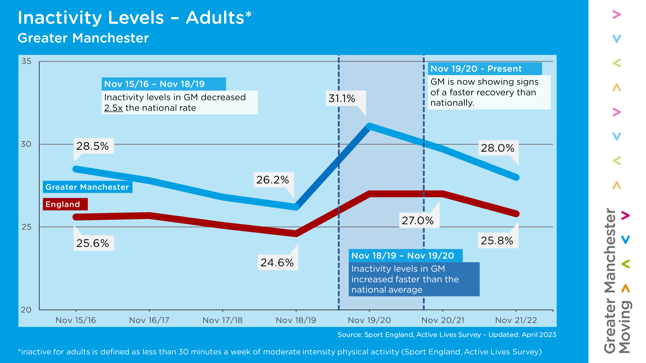
Stakeholder Perceptions Survey (Sphere of influence)
Based on a rating from 1-7 on whether people strongly agree or disagree with a series of statements relating to the five enablers of change, the average score is up across all. With involving local people and growing assets seeing the biggest increase, while transforming governance and processes the least.
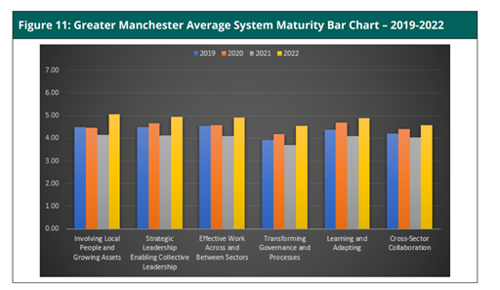
Counts & Measures (Sphere of direct intervention)
Maturity scored 0-4 from not doing to fully established has improved for all enablers of change, except transforming governance and processes.
| Enabler | 2020 | 2022 | Movement |
| Involving local people and growing assets | 2.75 | 3.14 | 14% |
| Strategic leadership enabling distributed leadership | 2.98 | 3.36 | 13% |
| Effective work across and between sectors | 2.50 | 2.78 | 11% |
| Transforming governance and processes | 2.53 | 2.50 | -1% |
| Learning and adapting | 2.13 | 2.61 | 23% |
How has this change happened (or not)?
1. Involving local people and growing assets
There is a need for deepening the approach to facilitate community leadership (not just engagement) and for it to be meaningfully centred in strategy and governance. Local participation is evident where community connectors are in place. Community investment funds often remain transactional and short-term rather than distributing power to the community.
2. Strategic leadership enabling distributed leadership
Six joined up strategies for physical activity have been developed from just one in 2019, all positioned in wider wellbeing, not just sport and leisure, and adopt explicitly or are aligned with the GM Moving principles.
Systems leadership training built capacity, confidence and to operate in complex systems but without action on the structures and processes in place, people are not always enabled to act and can even feel deflated. This highlights the need not just for support of leadership, but to remain active throughout to create the conditions in which people can act - via a spine (from community to strategic) and sphere (across peers) of influence.
3. Effective work across and between sectors
This has been helped by web-based meetings through the covid-19 pandemic; mostly they’re 1+1 with health or social care and, within this, partnering may be on multiple fronts from GM to locality, strategic to operational. There’s recognition of the need for time and unseen work to build trust and opportunities to fall into place to contribute to tipping points.
There also appears to be a sticking point where relationships are not converted into productive partnerships, possibly because organisational structures are not designed for co-ownership, so holding siloed working in place, there is an opportunity for design-led approaches.
4. Transforming governance and processes
Early on, there were a number of workarounds to distribute funding flexibly, including co-commissioning and community commissioning. The Covid-19 pandemic demonstrated the possibility, but feelings of having ‘snapped back’ in many places. There are examples of informing wider public service reform, beyond physical activity.
The removal of KPIs has been described as liberating but also disorientating at times. An explanatory focus and less competitive, honest working relationships between local boroughs has been developed, as well as recognition of valuing embedded researchers.
The capacity to iterate and competition with other conflicting expectations and/or processes are preventing learning cultures being fully embedded.
Intersections
Our findings illustrate that whilst the enablers are analytically separable, they intersect and are mutually reinforcing, so that the sum is greater than the parts when they’re simultaneous.
They also highlight the dominance of certain processes, for example local authority accountability frameworks which have been observed to retain their structure, despite disruption, underscoring the importance of personal resilience and persistence to challenge the status quo.
So what?
Our findings show some progress in maturity of system conditions over the four years of the evaluation and at the same time some positive changes in population level physical activity outcomes.
The complexity of the potential relationships between the two make it difficult to draw cause-and-effect conclusions. It is also difficult to precisely pinpoint the influence that huge shifts in context, such as Covid-19 or the cost-of-living crisis, may have/had on population levels of physical activity and how GM Moving actions may have had to mitigate the worst of these impacts.
The mixed methods data, however, gives us confidence that efforts are plausibly contributing to the shifts in enabling conditions and generating instances of impact.
The findings provide some explanations of change and propose causal mechanisms which appear to lead to outcomes associated with enabling more people to be active in ways that they value.
The study generates transferable lessons for tackling physical activity inequalities using a whole systems approach through the development and testing of evidence-based causal theories.
One potential limitation of the study is that it primarily considers progress from the perspective of the stakeholders who are actively involved in the work.
We acknowledge that this excludes alternative views of the system that may come from the community directly. Future evaluation efforts could adopt collaborative and participatory evaluation which better represents the views of those who are intended to benefit from our work.
Latest News
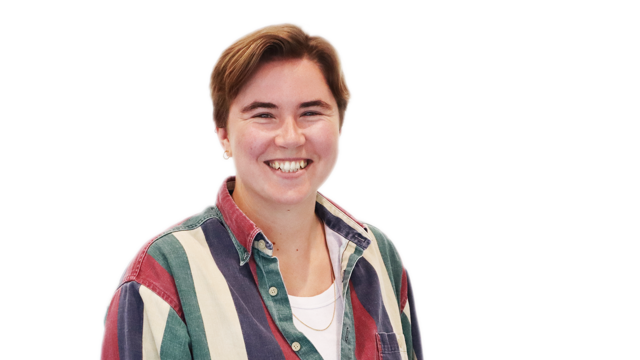
How leadership, workforce, and volunteering can help active lives for all
After our event in March, Emily reflects on the power of shifting conversations around leadership, volunteering, and the shared drive to make movement part of everyday life for all.
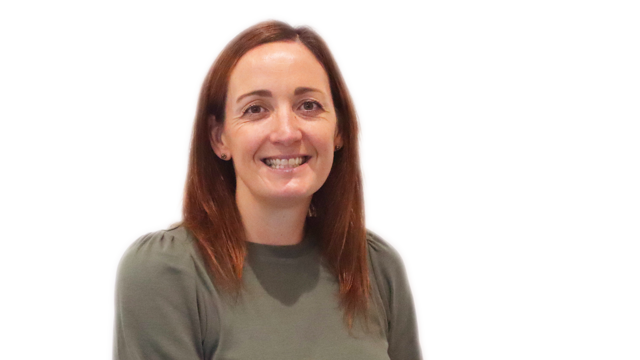
Strength Training Awareness Day returns to raise awareness of benefits of strength
Strength Training Awareness Day returns for 2025 to celebrate the power of strength training for health and well-being.
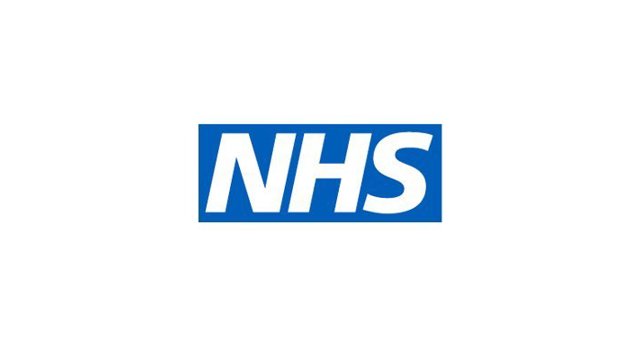
Harnessing the benefits of physical activity across the NHS in England
Following the NHS England statement on physical activity, Manchester GP Dr Naddia Atif looks at how healthcare professionals can keep moving and the support they can offer their patients.
